How many vegetables that start with ‘C’ can you list? Here is a list of fascinating options with distinct types, such as leafy green, root veggies, legumes, and more.
Besides common names like cabbage, carrots, celery, cauliflowers, etc., you can also find other exotic options.
These veggies’ insights also include the vibrant colors and textures of wonderful D-named foods, their use in different culinary practices, and other fun facts about them.
Moreover, some ideal C fruits are waiting for you to check. Keep reading to learn more!
26 Vegetables That Start With C with Filter
Here’s a collection of 26 vegetables beginning with the letter C, sorted by popularity for your culinary exploration.
Use our filters to discover vegetables that are also considered fruits, exotic, or those that shine in dishes, beverages, or even as elegant garnishes.
Cabbage
- For Dishes
Cabbage is a leafy green vegetable believed to have originated in Europe. It comes in varieties like green, red or purple, savoy, and Napa, each with distinct textures and flavors ranging from peppery and earthy to mild and sweet.
Cabbage is commonly used in European dishes like sauerkraut. This veggie is also a staple in Asian stir-fries, salads, and soups, notably in the Korean delicacy kimchi.
This versatile vegetable is also a key ingredient in American coleslaw and adds a flavorful touch to various Indian dishes.
Carrot
- For Beverages
- For Dishes
Originating from Asia, the carrot is a sweet, crunchy root vegetable with a long, narrow, and slightly tapering shape, and distinctive bright orange color.
They can also be found in shades of purple, yellow, and white. Carrot is crunchy, sweet, and slightly earthy, especially when fresh.
Carrots are versatile in global cuisine, featured in dishes like salads, soups, and stews, as well as in the beloved carrot cake.
They are also known for their nutritional value, notably high in beta-carotene, fiber, and antioxidants.
Cauliflower
- For Dishes
Cauliflower, originating from the northeastern Mediterranean, is a vegetable consisting of tightly packed immature flower clusters, or curds.
They are typically white but also found in green, orange, and purple varieties. Versatile in cooking, cauliflower can be boiled, steamed, fried, or used as a low-carb substitute in various cuisines.
Their adaptability varies, from crunchy raw texture to a tender, nutty flavor when cooked.
Celery
- For Beverages
- For Dishes
Celery is a stem vegetable with long, pale green stalks. It’s crunchy, fibrous, and subtly salty, slightly bitter.
Varieties like Pascal, Yellow, Leaf (Chinese celery), and Red offer diverse flavors and textures, ranging from peppery to mild.
In culinary use, celery is versatile, featuring in raw salads, as a component of stir-fries in Asian cuisine, or as part of the aromatic mirepoix blend in European stocks and soups.
Its low-calorie profile and high water content make it a popular choice in health-conscious diets.
Corn
- For Dishes
- Fruit Vegetables
Corn, also known as maize, is a staple grain native to Mexico. It’s sweet, starchy kernels found on cobs wrapped in green husks.
The kernels range in color from yellow to white and even multicolored varieties, depending on the type.
Sweet corn is especially popular for its high sugar content and tender texture, often eaten fresh, grilled, or boiled.
Corn is also processed into products like cornmeal, cornstarch, and corn syrup. It plays a central role in dishes worldwide, from North American cornbread and Mexican tortillas to African pap and Asian snacks.
Cucumber
- For Beverages
- For Dishes
- For Garnish
They come in various types, including the common dark green garden cucumber with bitter skin, the long and slender English cucumber, and the small, crunchy Persian cucumber, ideal for salads.
Cucumber is known for its crisp texture and mild flavor, which is used globally. They are especially popular in salads, pickles, sandwiches, and garnishes.
They are also famous for their hydrating properties.
Capsicum
- For Dishes
- For Garnish
- Fruit Vegetables
Capsicum (commonly known as bell peppers) is a fruit vegetable native to the Americas. They are typically bell-shaped or elongated, and their color varies from green, red, yellow, and orange to even purple and white.
Capsicum is crunchy when raw and becomes soft and slightly sweet when cooked. The flavor varies from mild to sweet, with green being the most piquant and red the sweetest.
Capsicum offers a crunchy texture when raw and turns soft and sweeter upon cooking. This fruit vegetable is a key ingredient in salsas, stir-fries, curries, and more.
Cherry Tomato
- For Dishes
- For Garnish
- Fruit Vegetables
Cherry tomatoes are small, round, and flavorful fruit vegetables with a sweet and tangy taste. They possess a firm, juicy texture and offer a sweet, slightly tart flavor.
Red is their common color, though they can also appear in yellow, green, and black hues.
Cherry tomatoes are a popular choice for salads, snacks, and garnishes. You can use them for roasted dishes or add to pasta or pizza dishes.
Cassava
- Exotic
- For Dishes
Cassava, also known as yuca or manioc, is a starchy root vegetable native to South America, notably Brazil.
It features a long, oblong shape with rough, brown skin and a white to yellowish flesh that turns soft and flaky when cooked, offering a mild, slightly nutty flavor.
Cassava comes in two main varieties: sweet cassava, which is safer for direct consumption with lower toxin levels, and bitter cassava, which is larger and used for tapioca and flour production after proper processing to remove toxins.
Globally, cassava is a versatile component to make starchy accompaniments to stews or prepare sauce or fried dishes.
Chives
- For Dishes
- For Garnish
Chives is a flowering plant whose leaves are used in cooking. Chives’ origins trace back to Asia and Europe, with other names such as Allium schoenoprasum, gow choy, or snip.
Generally, chives comprise clumps of small bulbs and green tubular leaves that can measure 10 to 15 inches in height. Apart from the green leaves, chives produce white, pink, purple, or even red flowers.
Chives have a soft yet slightly crunchy texture. Flavor-wise, chives impart a delicate hint of onion and garlic. There are two key varieties of chives: common and garlic chives.
Chives are used in dishes like omelets, pancakes, soups, sandwiches, and quiches (French tarts). In China, chives, particularly the garlic variety, are commonly used in stir-fries and dumplings.
Choy Sum
- Exotic
- For Dishes
Choy sum is a leafy vegetable that hails from the southern regions of China. The leafy greens, bright yellow flowers, and slender stems of choy sum are a familiar sight in Asian markets.
The texture of choy sum is tender, with the younger leaves and stems being especially crunchy. Choy sum has a mildly sweet, mustardy flavor, less bitter than its relative, bok choy.
This leafy veggie is widely used in Cantonese cuisine, often served stir-fried with garlic or as a side dish in dim sum.
Celeriac
- Exotic
- For Dishes
Celeriac is a root vegetable with a rough, knobby exterior, pale-yellow skin, and cream-colored flesh.
Inside the celeriac is a firm, crisp interior. The taste is similar to, but more intense than, common celery, with earthy and nutty notes. Celery root can be eaten both raw and cooked, but the sweetness is developed when you cook it.
Celeriac is used in many European dishes: as julienned Céleri rémoulade in France, in Dutch stamppot and pea soup, roasted or in soups in Italy, and in salads in Poland.
Chard
- For Dishes
Chard is a leafy green vegetable that originated in the Mediterranean region. It features large, glossy green leaves and thick, crisp stalks that come in different colors, including white, red, and yellow.
The leaves have a texture similar to spinach but slightly more robust, and they offer a flavor that is bitter when raw but becomes milder and slightly sweet when cooked.
In Mediterranean cuisine, chard is used in baked dishes, pasta, soups, pickling, or added to pizzas. In Italian cooking, chard is often sautéed with garlic and chili flakes.
Chard is a common addition to In North American salads, quiches, and casseroles.
Chicory
- Exotic
- For Beverages
- For Dishes
Chicory is a leafy plant from Europe. It has smooth, elongated leaves, whose color ranges from pale yellow-white to deep red, depending on the variety. Belgian Endive and Radicchio are popular chicory varieties.
The texture of chicory is generally crisp, while its flavor can range from mildly bitter to sweet. Chicory can be grilled, included in salads, or braised as a side dish.
Additionally, the root of chicory can be roasted and ground to create a coffee substitute, especially popular in New Orleans.
Chickpea
- For Dishes
Chickpea is a type of legume that is believed to have originated in the Middle East. Chickpea has two main varieties, such as desi chickpea (aka Bengal gram) and kabuli chickpea (aka garbanzo beans).
As for the texture, chickpeas have a firm texture when raw but become tender when cooked. Chickpea’s flavor is slightly nutty with an earthy note, allowing it to effectively absorb the tastes of other ingredients.
Chickpea is a staple in many cuisines from the East to the West. In Middle Eastern cuisine, chickpea is used to make the popular dip hummus and deep-fried falafel.
Chickpea also plays a vital role in the Mediterranean diet, where it is often used in soups, salads, and stews.
Collard Greens
- For Dishes
Collard greens is a leaf vegetable that is a part of the cabbage family. They possess large, dark-colored, edible leaves with bright veins and stems.
They have tough stems that are usually removed before cooking. The vegetable is slightly bitter.
Collard greens are especially popular in Southern American cooking, where they are often slow-cooked with ham hocks or smoked turkey.
Chayote
- Exotic
- For Dishes
- Fruit Vegetables
Chayote is a mild-flavored, pear-shaped squash with a light green, bumpy skin.
It has a crisp texture similar to an apple when raw but turns softer and sweeter when cooked, exhibiting a mildly sweet, starchy flavor.
Chayote can be stuffed in Latin America, or as a key component in Louisiana’s mirliton casserole, stir-fried or in soups in Asian dishes, and pickled in Korea.
Cactus
- Exotic
- For Dishes
Cactus is a fruit vegetable that originated in the arid regions of the Americas. Generally, it has a firm, crunchy texture, and when cooked, they yield a tart, lemony flavor with a hint of green beans.
Specifically, the Nopales variety is very common in Mexican cuisine and is known for its flat, fleshy pads that are often grilled or sautéed.
Before cooking, the spines are removed, and the flesh is cut into strips. Nopales have a slightly tart, vegetal flavor and a mucilaginous texture similar to okra. They are often used in salads, soups, or as a side dish.
Canna
- Exotic
- For Dishes
Canna, known as achira in South America, is a tropical edible plant species. The part used as a vegetable is the starchy rhizome or root.
Canna rhizomes are long and cylindrical, bearing some resemblance to sweet potatoes. Their texture, when cooked, is tender, similar to that of a potato, with a subtly sweet, nutty flavor.
Canna rhizomes are used particularly in South American, Andean, and Asian cuisines. In Peru, it is an essential ingredient in a traditional dish called “Picante de Papalisa ” where the rhizomes are used as a potato substitute.
In Asia, canna rhizomes are often ground into flour for making bread or noodles. Apart from that, they can be boiled, baked, or used in soups and stews.
Capers
- For Dishes
- For Garnish
Capers are small, tangy flower buds harvested from the Capparis spinosa plant. People often use them as a seasoning or garnish.
When it comes to texture, capers are firm when pickled or cured. Therefore, they offer a pungent, salty flavor with a vinegary punch due to the pickling process.
Capers are commonly used in Mediterranean cuisine, especially in dishes like chicken piccata and pasta puttanesca or as a garnish for fish.
Cardoon
- Exotic
- For Dishes
Cardoons is a stem vegetable that originated in the Mediterranean region. Cardoons look like large celery with spiny, silvery-gray leaves, and a thick, fleshy stalk.
The stalks of cardoon are covered in a tough, stringy layer that needs to be removed before cooking, and the flesh underneath is firm but tenderizes upon cooking. It carries a slightly bitter, artichoke-like flavor.
They require extensive preparation, including blanching to remove bitterness and soften the fibers. Cardoons are a staple in Italian and French country cooking, often baked or braised.
Chaya
- Exotic
- For Dishes
Chaya is a leafy vegetable from Mexico, often referred to as tree spinach, kikilchay, and chaykeken. There are two main types of chaya, distinguished by their leaves: one variety has deeply lobed leaves, while the other has entirely smooth leaves.
Tree spinach presents a crisp texture when raw. It has a slightly bitter taste and is often used in soups, stews, and side dishes.
Chaya is a staple in many Central and South American cuisines. However, it’s important to note that chaya must be cooked before consumption to avoid cyanide poisoning.
Cress
- For Dishes
- For Garnish
Cress is a type of leafy vegetable that originated in Europe and Asia. Their small, green leaves and stems offer a peppery and tangy flavor.
The texture is typically soft with a bit of crunchiness. Across different cuisines, cress’s often used fresh in salads, sandwiches, and as a garnish. It adds a spicy note to dishes.
Courgette Flowers
- Exotic
- For Dishes
- For Garnish
Courgette flowers are the blossoms from the courgette, or zucchini plant, which originated in the Americas. These foods are consumed as a flower vegetable.
They come in a bright yellow hue with a trumpet-like shape. They have a delicate and slightly sweet flavor with a tiny bitter tone. As for the texture, courgette flowers are soft and fragile.
These flowers are normally stuffed and cooked in Middle Eastern and European dishes, deep-fried with ricotta in Italy’s Fiori di Zucca, or used in quesadillas and soups in Mexico.
Crookneck Squash
- For Dishes
- Fruit Vegetables
Crookneck squash is a fruit vegetable native to North America. It is easy to recognize due to its hard yellow skin, along with a thin, curved neck and a bulbous bottom. The interior flesh is pale and firm, which softens upon cooking.
The flavor of crookneck squash is a mix of mild, sweet, nutty, and buttery flavors with a slight bitterness.
Some popular cooking methods to use with this squash include steaming, grilling, stir-frying, and baking.
Catsear
- Exotic
- For Dishes
- For Garnish
Catsear, aka false dandelion, is a leafy vegetable. The name reflects the furry cat’s ear-like appearance of its leaves.
Catsear is slightly bitter in taste. Its leaves and roots can be eaten raw in salads or cooked. The young leaves can be blanched and used as a garnish for soups.
What Are Famous “C” Fruits In The World?
Check out below five fruits starting with the letter C.
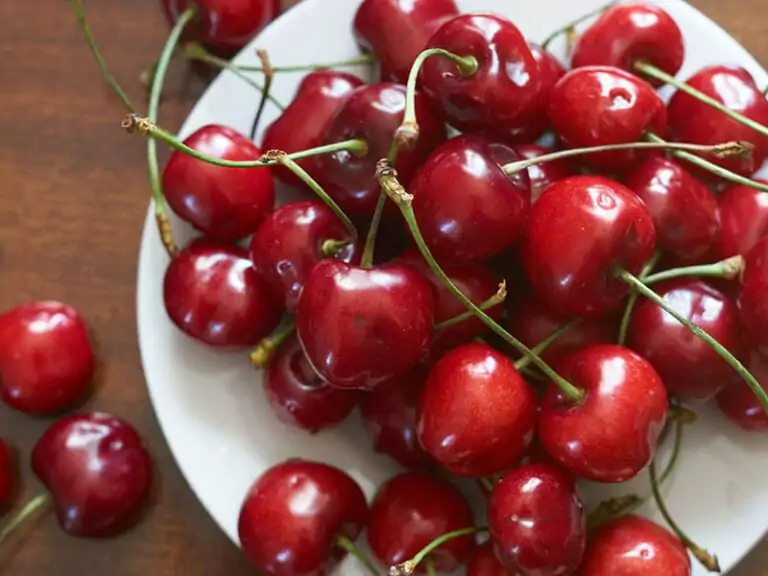
Cherry
These are sweet or tart fruits with a distinct deep red color, popular in desserts and as snacks.
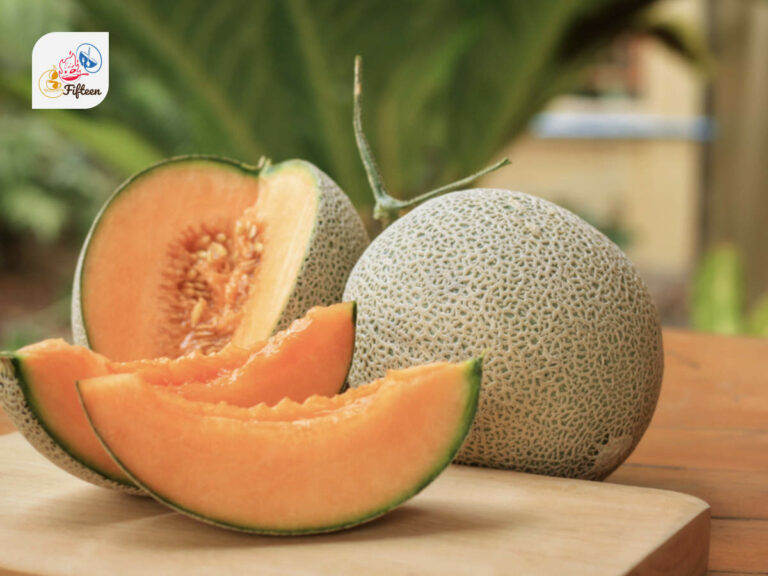
Cantaloupe
It’s a sweet melon with a soft, orange interior, high in vitamins A and C.
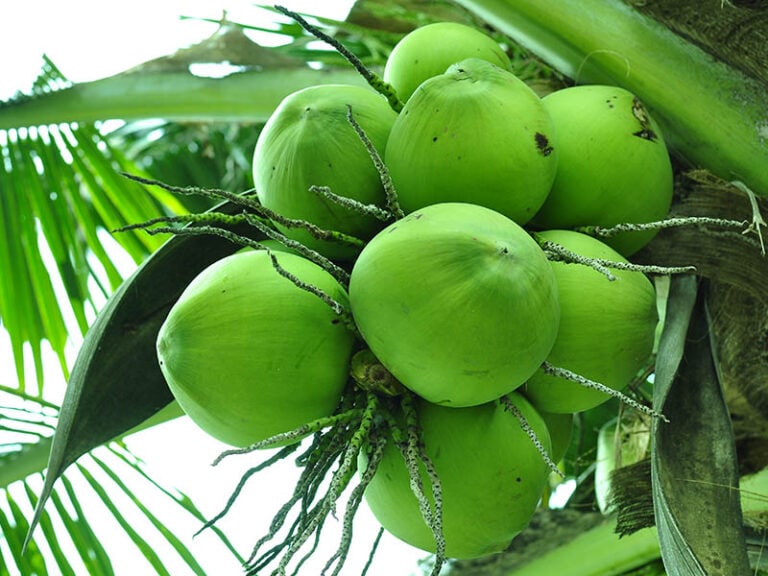
Coconuts
Coconuts are tropical fruits with hard shells. They’re used for their water, milk, and flesh in various culinary recipes.
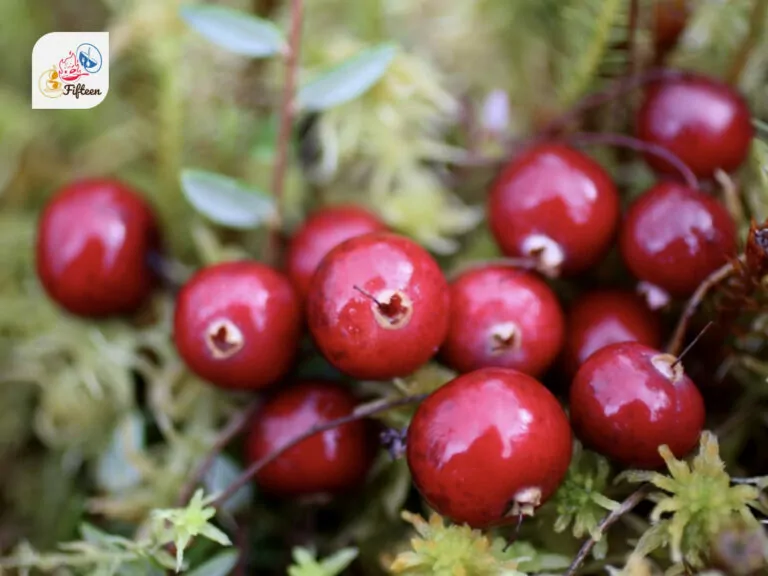
Cranberry
Cranberries are Small, tart berries, often used in juices, sauces, and as dried fruit snacks.
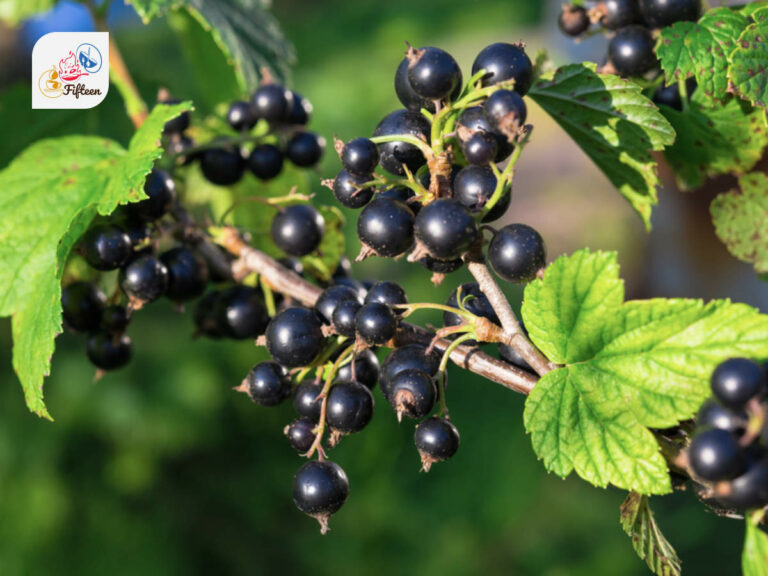
Common Currant
They are small, tangy berries available in red, black, and white varieties, ideal for baking and making jams.
For more options, you can refer to this guide of many C fruits here.
If you found this article helpful and enjoyable, let’s share it with your friends and family, spreading the joy of discovering “C” vegetables together. Your support will help others acknowledge the diverse and delicious world of these vegetables. Thank you!
Don’t stop here, continue your culinary adventure with our articles on vegetables from A to Z and unleash the flavors of every letter!


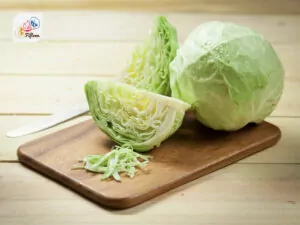
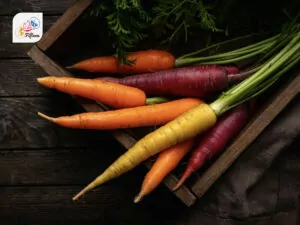
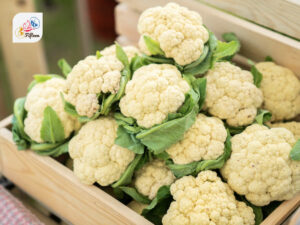
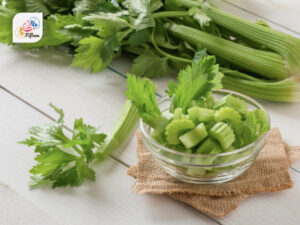
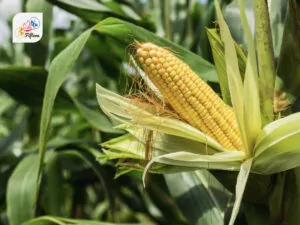
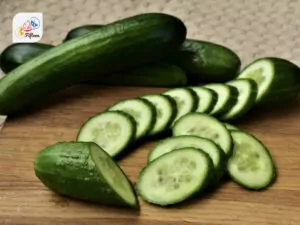
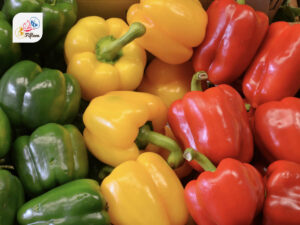
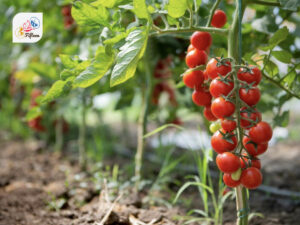
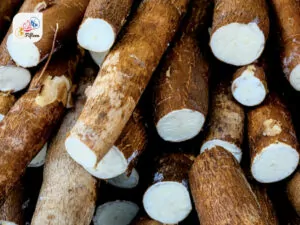
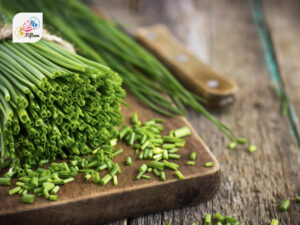
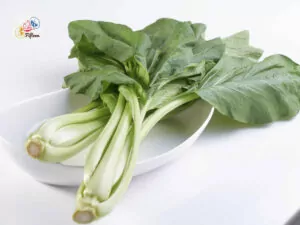
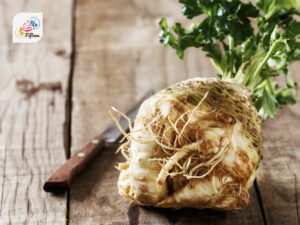
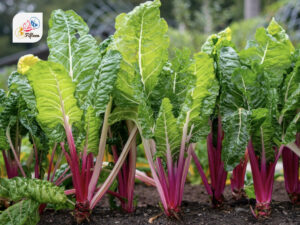
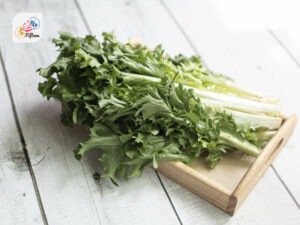
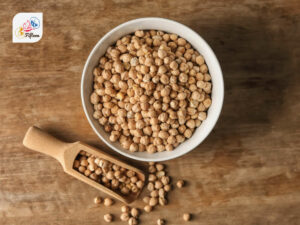
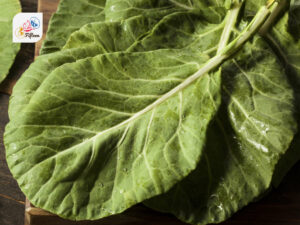
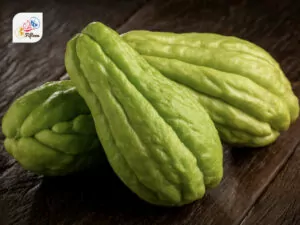
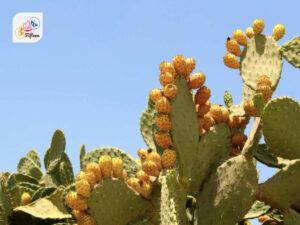
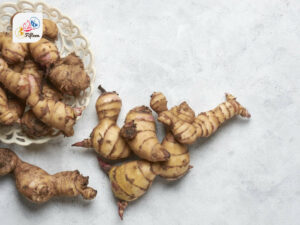
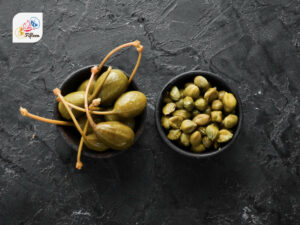
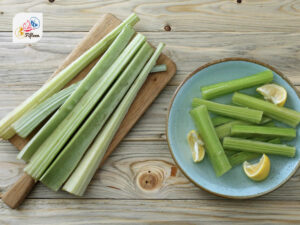
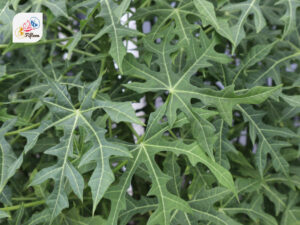
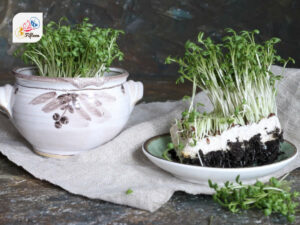
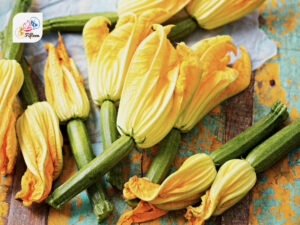
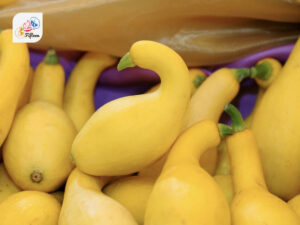

Jamie Scott
Editor in Chief, Senior Content Writer
Expertise
Home Cooking, Meal Planning, Recipe Development, Baking and Pastry, Food Editor, Cooking-video Maker, Western Food Evaluation Expert
Education
Le Cordon Bleu College of Culinary Arts
Local Community College, New York, NY
Jamie Scott is a skilled culinary expert and content creator specializing in Western cuisine. With over 15 years in the culinary field and formal training from Le Cordon Bleu, Paris, Jamie deeply understands how to blend nutrition with delicious flavors. His passion for cooking matches his commitment to making healthy eating accessible and enjoyable.
On Fifteen.net, Jamie brings a fresh perspective to classic dishes and beverages, offering readers insightful recipes, cooking tips, and a fresh view on meal planning that emphasizes taste, health, and simplicity.